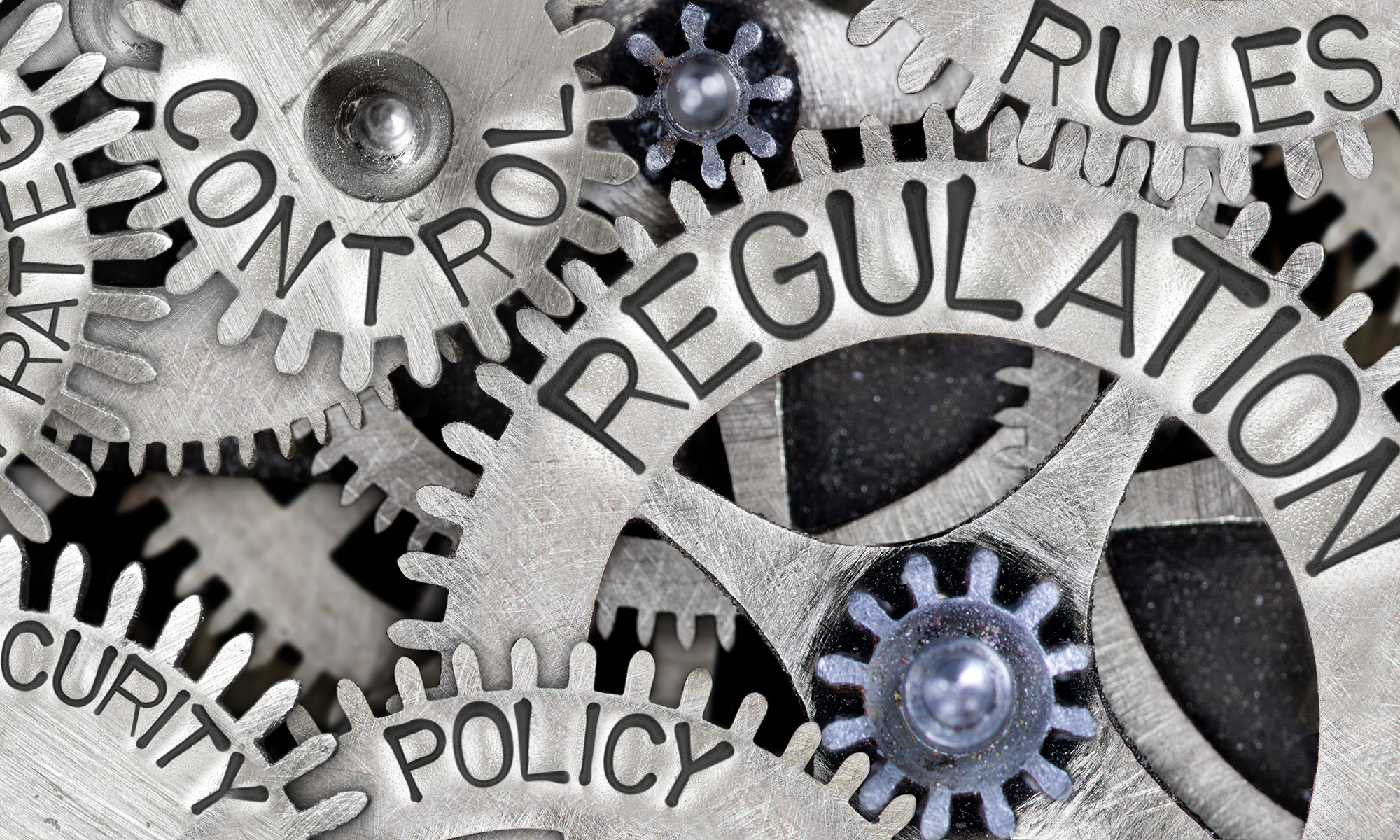DO NOT BE FOOLED BY “STANDARD FORM LEASES” and
BEWARE OF CHANGING RULE ON TREATMENT OF LEASES IN TITLE IV COMPOSITE SCORE
There is no such thing as a “standard lease,” even if the document has that title at the top.
Julie Mebane, Partner (Real Estate), Duane Morris LLP
If your institution is reviewing a lease form and you are considering signing it for the tenant, make sure that you don’t gloss over it in the belief that its terms cannot be negotiated. Usually, many lease terms can be modified and the tenant’s position can be enhanced if you pay attention to its language, especially a few important provisions:
- Consider starting out by having both landlord and tenant sign a term sheet with the key business points summarized. This can avoid confusion and disagreements later when the lease is reduced to writing.
- Pay close attention to the description of the leased premises. Make sure that the location and the number of rentable square feet are included and accurate, and consider including a space plan as an exhibit.
- Double-check the rent calculations in the lease. With regard to periodic rent increases, you may want to include a chart that summarizes the timing and amount of rent increases, rather than just a description like “3% rent escalations per year.”
- If the tenant will be paying operating expenses as part of its rent, consider negotiating a cap on the amount of annual increases that can be passed through to the tenant.
- Ask the landlord to pre-approve and describe in the lease any up-front alterations or other work of improvements the tenant needs to do on the premises.
- In the use clause, more general language benefits the tenant. Try to include the right to conduct “office and other administrative uses” or possibly “all other lawful uses.” You may enhance the tenant’s right to assign and sublet in the future by broadening the use clause.
- With regard to the parties’ respective maintenance and repair obligations, be sure there is a complete description of the landlord’s duties. Try to include structural maintenance and repairs, floors, ceilings, roofs, windows, HVAC and building systems, interior plumbing and wiring in the landlord’s list.
- Get a representation from the landlord that the premises and the property are in compliance with applicable laws and in good operating condition and repair as of the commencement date.
- Try to negotiate the surrender language so the tenant does not need to remove all of the tenant improvements, cabling and furniture, fixtures and equipment at the end of the term.
- Beware of leased spaces formerly occupied by Title IV institutions. See our [date] blog post on that subject.
These provisions of a lease, and many others, can usually be negotiated and improved for the tenant. Don’t consider any lease, even a pre-printed form that says it’s “standard,” to be carved in stone.
New and Extended Lease Rules Are Changing for Title IV Composite Score Purposes
Katherine Brodie, Partner (Education), Duane Morris LLP
On September 23, 2019, the U.S. Department of Education published a Final Rule that applies to all higher education institutions that participate in the federal student financial aid programs under Title IV of the Higher Education Act (“Title IV programs”).
Specifically, the Final Rule amends the annual Title IV financial responsibility composite score to take into account the Financial Accounting Standards Board (FASB) Accounting Standard Update (ASU) 2016-2, which requires that leases be treated as both right-of-use assets and liabilities. Public entities must adopt 2016-2 for leases entered into after fiscal years starting on or after December 15, 2018. Private entities must adopt the new standard starting January 1, 2020. FASB, however, has proposed delaying the private entity implementation date to January 1, 2021.
The Department of Education’s Final Rule exempts all leases entered into before December 15, 2018 from application of 2016-2 for composite score purposes. For leases entered into on or after December 15, 2018 (which the Department states can include extensions or modifications of pre-December 15, 2018 leases), auditors must apply FASB ASU 2016-2 and, as a result, some institutions’ composite scores may be adversely impacted. Since FASB ASU 2016-2 does not subject private entities to the new standard until at least January 1, 2020, there is an argument that the Department should not have an institution’s official composite score calculation reflect the new lease accounting standards until such time as the new standard is required under GAAP, but the Department has not yet clarified its position on this point (despite several pending requests for clarity on that point). Bottom line, as institutions negotiate new leases or seek to extend or modify current leases, they should consult Title IV counsel and their auditors for guidance because certain lease terms may significantly impact the carrying value of a leased asset under the new FASB standard as applied by the Department of Education.
